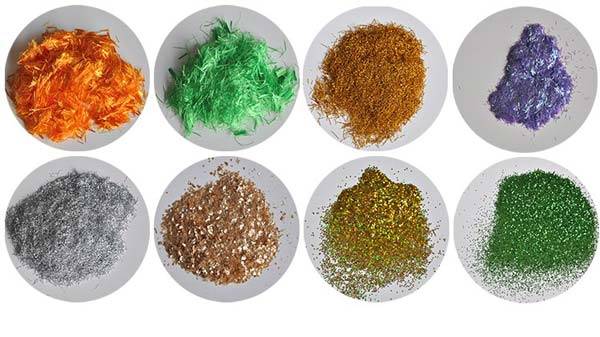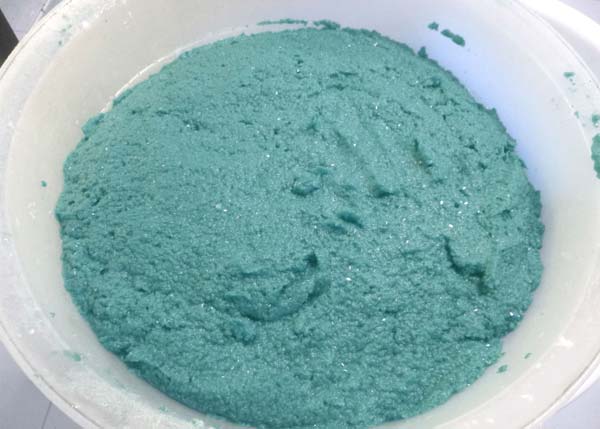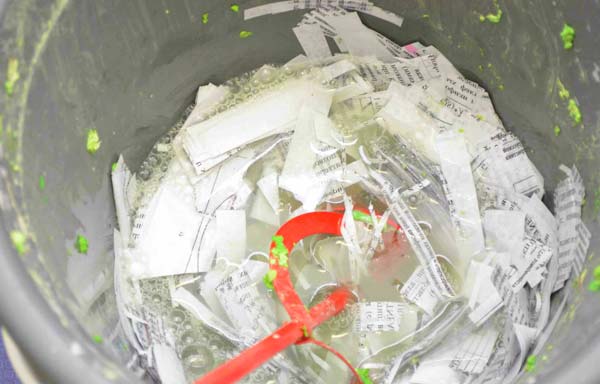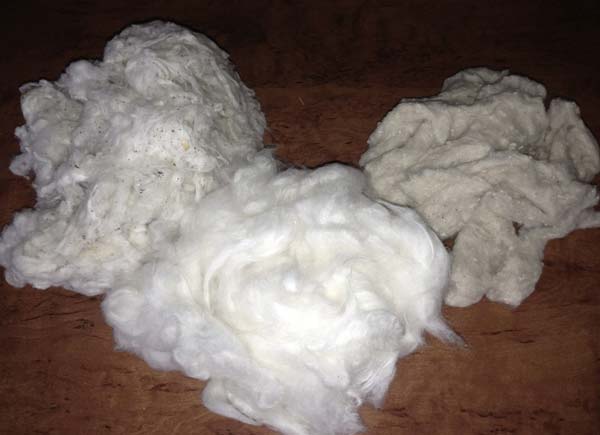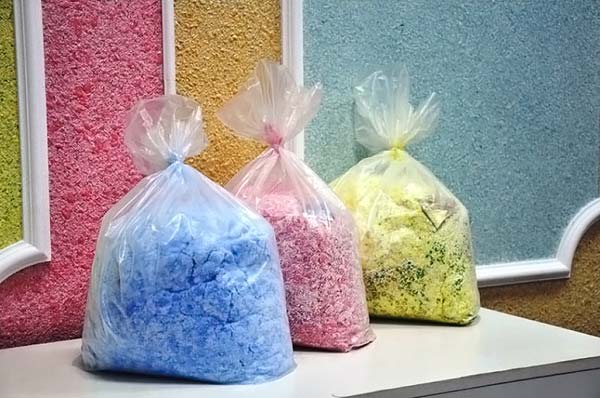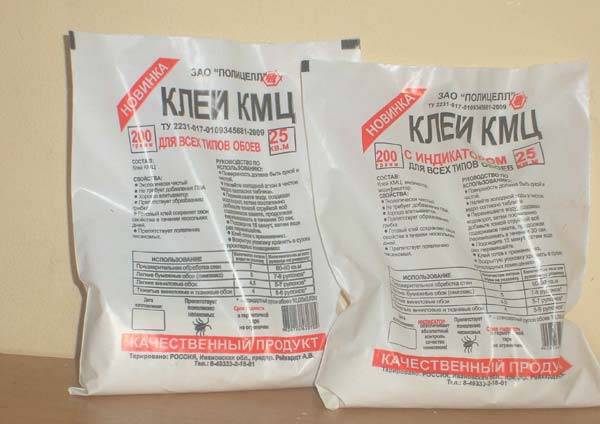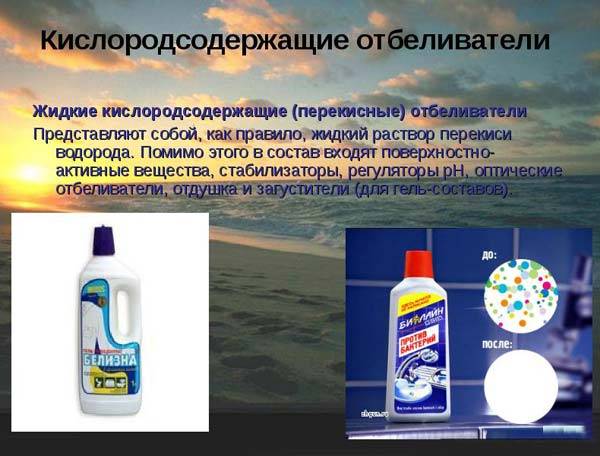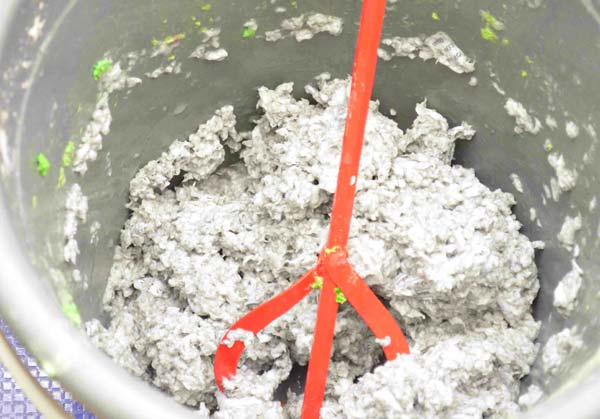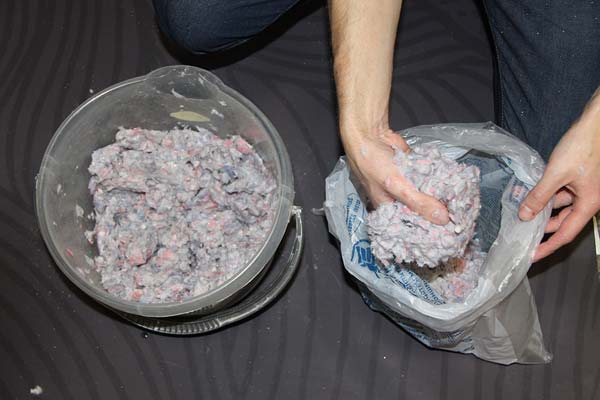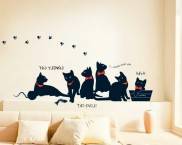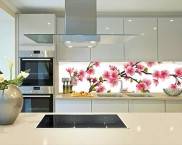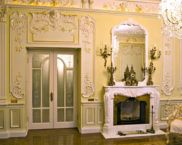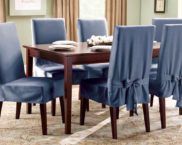DIY liquid wallpaper: making and applying
FLiquid wallpaper has earned the love of millions of people for its exquisite appearance, durability, hygroscopicity and creativity. Manufacturers keep the recipe of their product in strict confidence, since it is the correct ratio of components that gives the material its performance. Some craftsmen, by trial and error, have reproduced the recipe and claim that liquid wallpaper do-it-yourself production of which does not require special knowledge, are not inferior in quality and appearance to factory counterparts.
The content of the article
Video: DIY wall decoration with liquid wallpaper
What are the factory liquid wallpaper made of?
Liquid wallpaper is a cross between decorative plaster and traditional paper wallpapers. From the first, they inherited the shape and consistency: after preparing the mixture, it is applied with a grater. Like plaster, liquid wallpaper is able to smooth out minor flaws on the walls, with their help it is convenient to remove internal and external corners, bypass such difficult places as semicircular arches, sockets, window sills and others.
The similarities with traditional wallpapers are as follows:
- pleasant to the touch;
- safe for households and pets;
- wide range of colors;
- rich texture and beautiful appearance.
In addition to the qualities listed above, liquid wallpaper is hygroscopic, that is, it freely passes moisture. The wallpaper contains cellulose and cotton, which do not accumulate static charge.
Excipients
The mixture is based on cellulose fibers. In the factory, raw materials made from woodworking waste are used. These fibers are very small in size, when they dry, they significantly decrease in volume. The fibers are initially white, therefore factory wallpaper can be painted in any, even the most juicy colors.
The second most important component is cotton fiber, or ordinary bleached cotton wool. It is they who give the coating volume and allow you to hide the flaws of the base. Cotton wool is also white and dyed afterwards. In expensive types of liquid wallpaper there is a significant amount of natural silk fibers. For these purposes, burret is used - silk fleece, low quality fibers that are not suitable for the textile industry.
Decorative additives - colored woolen or synthetic fibers, glitter, marble chips, mica - are added if necessary and have no technological significance. However, it is they who give the finished coating a special charm.
Binders
The mixture is mixed with water, dries up after application, and then, if desired, can be softened again and reused. Liquid wallpaper acquired these properties due to the binder, which is similar in composition to ordinary wallpaper glue. To facilitate application, plasticizers are introduced into the mixture, the composition of which is kept secret by manufacturers. All mixtures of factory production contain antifungal additives, because liquid wallpaper is able to absorb moisture, which means that microorganisms can develop in them.
Related article:
Liquid wallpaper: reviews, disadvantages, review of manufacturers, features of application and removal from walls - read our review. Liquid wallpaper is not an easy material to work with, but it can be used to achieve very impressive results.
Materials for making a mixture at home
It is not difficult to prepare the mixture yourself, the main thing is that it meets the following requirements:
- the presence of cellulose fiber as the main component;
- the resulting mixture must be plastic and homogeneous;
- the composition should not contain gypsum or polymers that harden in air;
- components must be safe and non-toxic.
Basis - cellulose fibers
The most affordable source of cellulose at home is plain paper, or rather waste paper. Glossy magazine pages are not suitable for making the base, since they do not break down into fibers, and they take a very long time to soak and grind. DIY liquid wallpaper, the manufacture of which from paper involves the use of loose raw materials, it is advisable to use with the least amount of paint on the pages.
Masters recommend using old paper wallpaper as a base, which has a rather loose structure and breaks down well into fiber. This method of recycling waste paper will appeal to zealous owners.
Excipients
To add volume to the mixture, add finely chopped cotton wool. The ratio of dry cellulose and cotton wool should be approximately 4: 1, that is, 250 g of white medical cotton wool is required for one kilogram of paper. Instead of cotton wool, you can use sintepon and any other fibrous material.
For decor Pieces of woolen or synthetic threads, sequins, shredded pieces of fabric, mica and others will be useful. The total weight of such fillers should not exceed 200 grams per kilogram of paper.
Binders
When preparing the paper pulp, water was added to it, about a liter per kilogram. The exact amount can be determined by weighing. If the wallpaper will be used in a residential area, it is best to add CMC glue based on modified starch, which has a pronounced antifungal effect, as a bond. You will need 120 - 150 grams of dry glue per kilogram of paper.
Preparation and application
Builders have long concluded that do-it-yourself liquid wallpaper made of paper will make it possible to recycle the accumulated waste paper into useful material - a great way to be smart. Sheets of paper and pieces of cardboard should be torn into pieces and soaked in cold water for at least 12 hours. Since the sheets are covered with printing ink, the mixture will have an uneven grayish color. For bleaching, you can use chlorine bleach or oxygen. The first will have to be additionally neutralized with sodium thiosulfate. The whitening procedure can be repeated several times, however, the paint cannot be completely removed, therefore the final color of the coating will be slightly grayish.
Do-it-yourself liquid wallpaper, making a mixture assumes that after the pieces of paper are prepared and washed, you need to grind them using a drill with a special nozzle, the edges of which are sharply sharpened. The resulting semblance of a kitchen blender is whipped until smooth. For whipping, water is added to the washed and wrung paper to simplify and speed up the chopping process. The ratio of water weight to paper weight is 1: 1.
After the cellulose base is prepared, CMC glue is introduced into it and thoroughly mixed. The glue begins to swell, and you can add a little water to the consistency of soft curd. After that, all the other components are introduced, thoroughly kneaded by hands, the color is introduced, the mass is spread in a plastic bag and left for 6 - 8 hours. The mixture should "ripen" - to acquire a uniform consistency.
Apply the mixture to a cleaned and prepared base, previously primed. With a layer thickness of 3 - 5 mm, the prepared amount of the mixture is enough for 3 - 4 square meters of surface. The mixture is applied with a plastering trowel or a special pneumatic gun, the drying time is at least a day.
Related article:
Wallpaper for the kitchen washable. Catalog of photo-ideas. Examples of the use and selection of washable wallpaper for the kitchen are a separate publication of our portal.
When is it better to make the mixture yourself
Making a mixture with your own hands is justified in three cases:
- there is a large amount of raw materials and time for its processing;
- there is a desire to create a unique design with your own hands;
- there is a desire to save money on expensive material.
Video: DIY liquid wallpaper making







